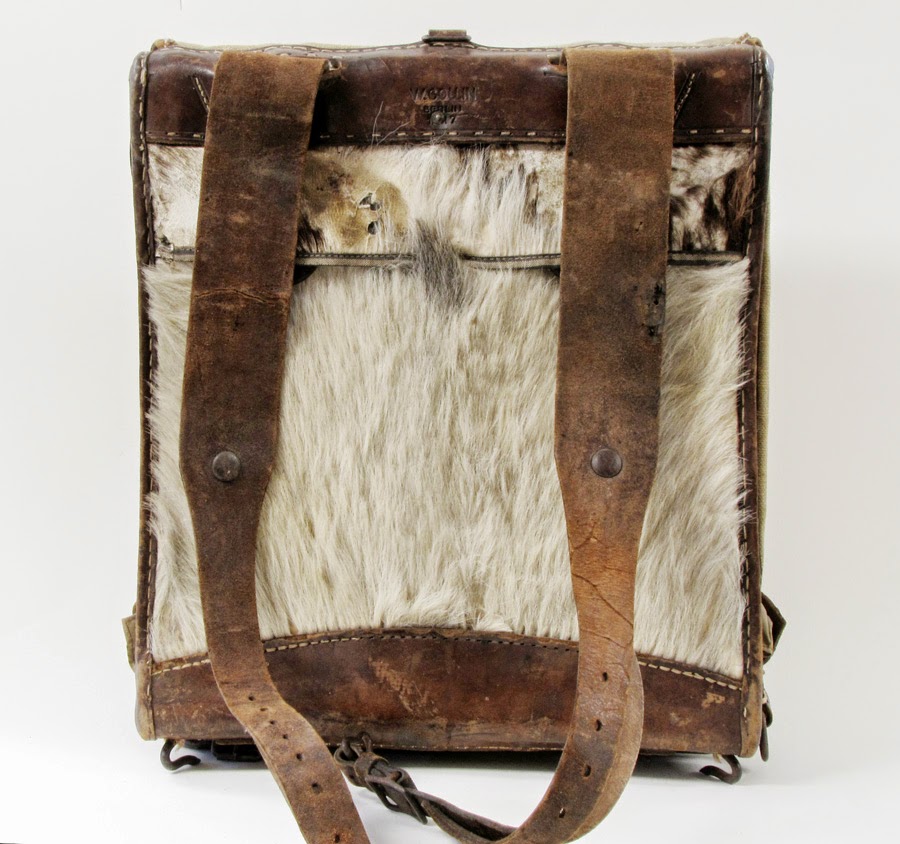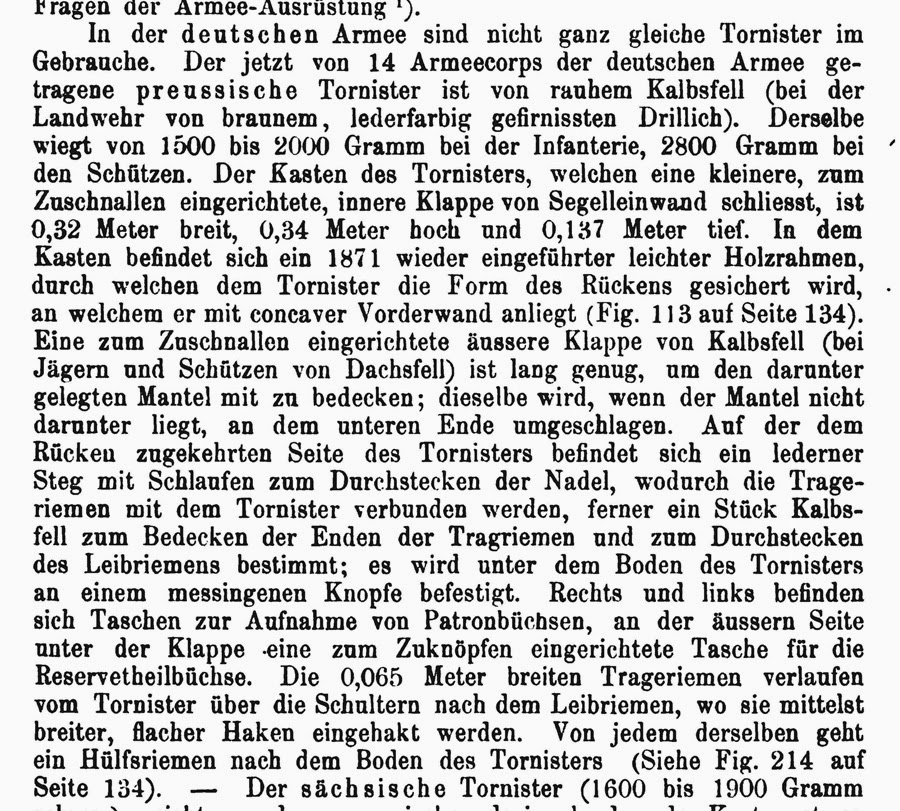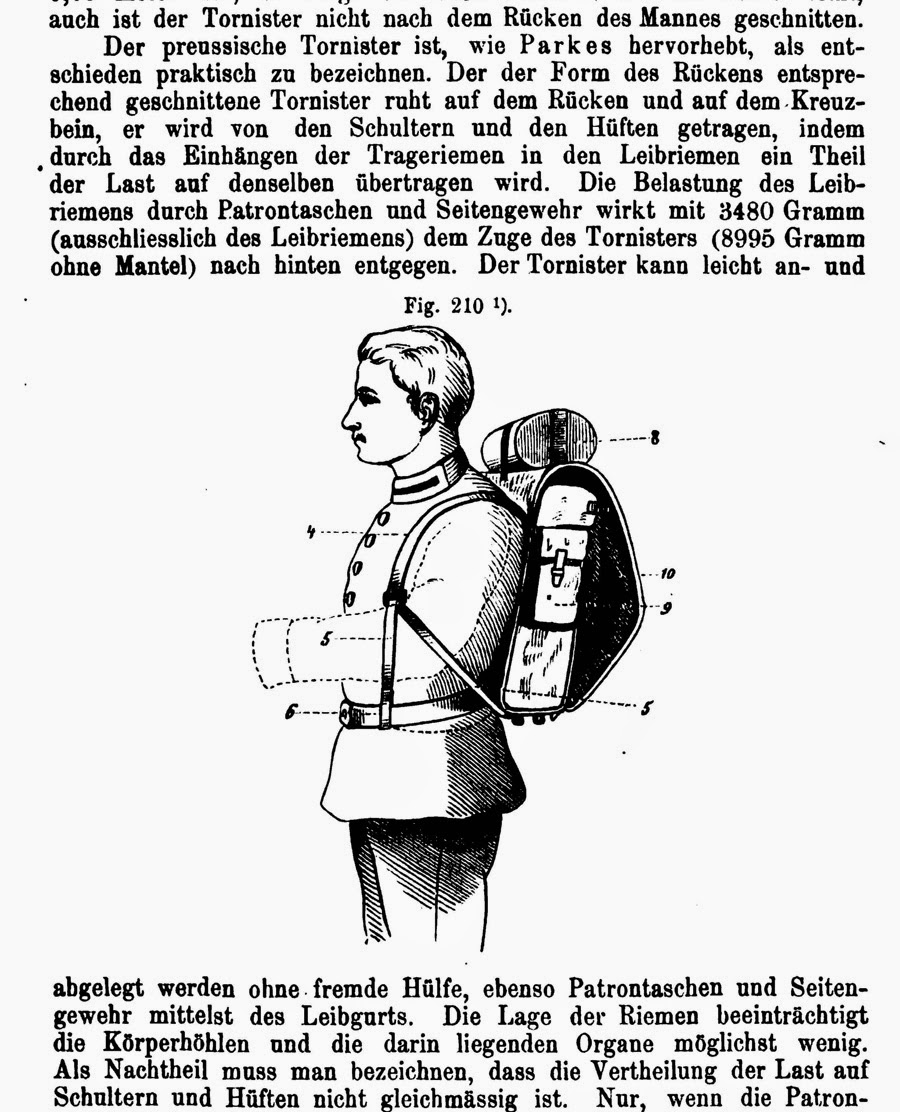Heute wäre Ernst Collins 129. Geburtstag gewesen.
As in the past 2 years, there are numerous Ernst Collin (and family) related findings to report on this annual post, what I have decided to call Colliniana.
Most exciting to me is the serialized publication in Japanese by the "Laboratory for Preservation, Conservation, and Restoration" of the Pressbengel based on my English translation at The Bonefolder. Beginning in March, each of the 6 days is being split into two parts and being released with about a month between installments. Google translation for English.
Wie in den vergangen 2 Jahren gibt es auch dieses Jahr wieder einiges von Ernst Collin (und seiner Familie) zu berichten, was ich fortan als Colliniana nennen werde.
Am aufregendsten ist die Übersetzung vom Pressbengel ins Japanische durch das "Laboratory for Preservation, Conservation, and Restoration" mit meiner englischen Übersetzung als der Bone Folder als die Grundlage. Seit Anfang März wird jedes der 6 Tage im Pressbengel in zwei geteilt mit ca. ein Monat zwischen Folgen. Hier zur Google Übersetzung ins Deutsche.
Back in November, I was able to procure a copy of the first translation of the Pressbengel, into Czech by Arthur Novak (1925).
Im letzten November konnte ich ein Exemplar der ersten Übersetzung des Pressbengels, ins Tschechische von Arthur Novak erwerben (1925).
Like the ongoing Japanese translation, this publication was preceded by 2.5 installments that were published in Vitrinka, a Czech bibliophilic and graphic arts journal published by Arthur Novak. The installments were issued 1923/24, beginning with an excerpt of the last chapter, “Saturday: A Discussion about Gold Tooling and Finishing” that appeared in the first issue (Vol. 1, Nr. 1). This was followed by “Monday: A Discussion about Bookbinding” (Vol. 1, Nr. 3) and “Thursday: A Discussion about the Quarter-leather Binding” (Vol. 1, Nr. 4). Also published in Vitrinka (Vol. 2, Nr. 4), and not mentioned in Mejer's Bibliographie der Buchbinderei-Literatur was a translation into Czech of Ernst's article "Randbemerkungen zum 'Kunsteinband,'" published in Die Heftlade, Vol 1, Nr. 4, 1922.
Wie bei der japanischen Übersetzung, erschien die Tschechische zuerst in 2.5 Folgen in Vitrinka, eine bibliophile Zeitschrift herausgegeben von Arthur Novak. Die Folgen erschienen 1923/24, angefangen mit der ersten Hälfte von "Samstag: Gespräch von der Handvergoldung" (Vol. 1, Nr. 1). Dannach folgten "Montag: Gespräch vom Buchbinden" (Vol. 1, Nr. 3) und "Donnerstag: Gespräch vom Halbfranzband" (Vol. 1, Nr. 4). Auch in Vitrinka (Vol. 2, Nr. 4), und nicht in Mejers Bibliographie der Buchbinderei-Literatur erwähnt, war eine Übersetzung von Ernsts Aufsatz "Randbemerkungen zum 'Kunsteinband,'" der in Die Heftlade (Bd. 1, Nr. 4, 1922) erschien.
| Ad for the Czech translation of the Pressbengel in Vitrinka Werbung für die tschechische Übersetzung vom Pressbengel in Vitrinka |
Work on the fine press edition of my English translation of the Pressbengel with a greatly revised introduction illustrated with photographs by John (Hans) Schiff is proceeding at the Boss Dog Press, with a release now most likely in 2016. The new introduction provides much more history and context for the Collins and Ernst's text, and will be available later this summer in downloadable sheets and as a POD edition, but with illustrations largely from Paul Adam's books. The Current downloadable edition in signatures contains 2010 introduction.
Arbeit an der pressendruck Ausgabe der Boss Dog Press von meiner Pressbengel Übersetzung geht voran, aber mit einem Erscheinungsjahr von 2016. Die neue Ausgabe wird Fotos von John (Hans) Schiff, aufgenommen bei der Bremer Presse in den 30ern (vermutlich), dazu kommt dann die neue Einleitung die die Collins und Ernst in viel größeren Umfang beschreibt. Diese neue Ausgabe wird auch in herunter-ladbaren Lagen zum Einbinden und als POD verfügbar sein, aber mit Abbildungen aus den Texten von Paul Adam.
 |
| Sample image from the Boss Dog Press edition of The Bone Folder Muster Abbildung aus dem Boss Dog Press Pressendruck des Bone Folder |
Work on the "history of the Collins" and bibliography of Ernst's writings is ongoing in English and German. As it stands I am up to 253 publications with more (mostly under pseudonyms) in the works. It would be much easier if I stopped finding interesting aspects to include. I can live with that if I consider this to be a working/living publication...
Die Bibliographie von Ernsts Schriften mit "Geschichte der Collins" macht auch Fortschritte in der englischen UND deutschen Fassung. Bis jetzt sind es über 250 Schriften, und die die ich unter seinen Pseudonymen gefunden habe sind noch dabei. Ich wäre aber auch weiter wenn nicht immer mehr interessantes finde würde. Damit kann ich aber leben, besonders wenn ich es als lebendes Werk ansehe. Vollständig wird es eh nie.
I was recently able to procure the catalog to Ausstellung handwerklicher Einbandkunst im Museum des Güstrower Kunst- und Altertumsvereins: 21. Sept. bis 15. Okt. 1924, a modest letterpress production (without illustrations) that featured an article by Ernst titled "Der Buchbinder in der Literatur." I had not been able to get this via interlibrary loan... Buying it did come with a bonus though, an attractive advertisement for Collin's Corvinus Antiquariat. Oh, and there were two bindings on Ernst's Pressbengel in the exhibit, one by Paul Kersten. See also this other ad for the Corvinus Antiquariat.
Vor kurzer Zeit konnte ich auch ein Exemplar des Katalogs zur Ausstellung handwerklicher Einbandkunst im Museum des Güstrower Kunst- und Altertumsvereins: 21. Sept. bis 15. Okt. 1924 finden. Dieser ist ein bescheidener Pressendruck (ohne Abbildungen) mit Aufsatz von Ernst mit dem Titel, "Der Buchbinder in der Literatur." Ein Bonus des Kaufs (da ich den Aufsatz nicht per Fernleihe bekommen konnte) war das ich den ganzen Kataog hatte, inklusive diese sehr schöne Werbung für Ernsts Corvinus Antiquariat. Oh, gab auch 2 Einbände vom Pressbengel in der Ausstellung, einer von Paul Kersten. Siehe auch dieses andere Inserat für den Corvinus Antiquariat.
Lastly, and certainly not least for Ernst, my article "Stolperstein für Ernst Collin" appeared in Meister der Einbandkunst's Rundbrief, 2014.2. This is a condensed version of an earlier publication here.
Zu guter Letzt, mein "Stolperstein für Ernst Collin" Aufsatz erschien im Rundbrief der Meister der Einbankunst. Dieser ist eine gekürzte Version von einem früheren Aufsatz dazu.
Here the Stolpersteine circa one year later.
Hier die Stolpersteine circa ein Jahr später.
[Edit 29.6.2015]
[Edit 29.6.2015]
I am also happy to report some interesting discoveries about Ernst's father Georg Collin. First an image that includes their "storefront" at Leipzigerstr 19 taken by Waldemar Titzenthaler, 1909. Stadtbild Deutschland and its Berlin in Alten Bildern forum was also an amazing resource.
Ich bin auch froh berichten zu können das ich einige Entdeckungen zu Ernsts Vater Georg Collin gemacht habe. Die Erste ist von dem (vermutlichen) Schaufenster an der Leipzigerstr 19 in einem Foto aufgenommen von Waldemar Titzenthaler, 1909. Stadtbild Deutschland und das dortige Berlin in Alten Bildern forum waren auch eine unheimlich Quelle.
 | |
| Click on image for large version and then look at top right corner to see W. Collin, Kgl Hof Buchbinder Auf Bild klicken für die Großansicht, dann oben rechts das W. Collin, Kgl Hof Buchbinder |
Below, the first advertisement I have been able to find for W. Collin in a publication.
Hier das erste Inserat von W. Collin, daß ich in einer Veröffentlichung finden konnte.
| From the Beiblatt to Vol. 8, Nr 4., July 1904 in Zeitschrift für Bücherfreunde. |
Finally, a WW I era military backpack made by W. Collin. This was found on one of my regular trolling trips at eBay... Because Ernst wrote several articles on the subject of war production and austerity measures, including textiles from groundwood (i.e. paper) I am having fibers from this tested. Not expecting a surprise, but...
Zum Schluß, ein Tornister (gennant Affe) hergestellt von W. Collin aus dem WK I. Habe ihn auf eBay gefunden... Ernst schrieb mehrere Aufsätze zum Thema von Krieg und Auswirkungen auf die Buchbinderei..., und einer davon war "Papier als Spinnstoff" wobei Zellulose von Nadelhölzern (Papier) zu Textilfaser gesponnen wird. Ich lasse einige Proben analysieren... Mache mir keine großen Hoffnungen, aber...













.jpg)
.jpg)
sm.jpg)




_AllgemeinerAnzeigerf%C3%BCrBuchbindereien,_1947.jpg)

_Ernst-Else_Collin.jpg)




.jpg)
.jpg)
.jpg)
.jpg)
.jpg)
.jpg)
.jpg)
.jpg)
.jpg)
.jpg)